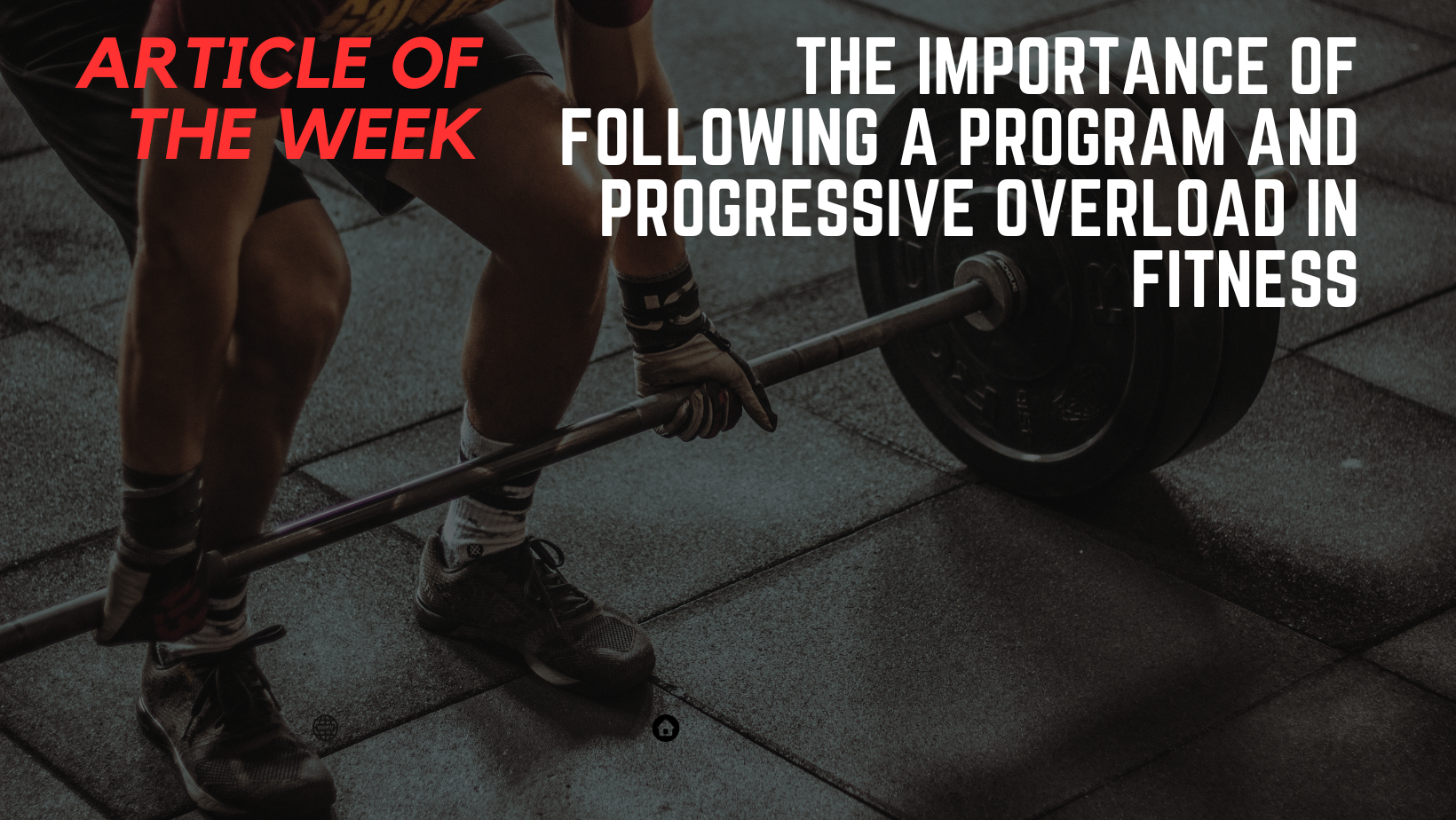In the pursuit of fitness goals, whether it’s building muscle, losing fat, or enhancing overall health, the significance of following a structured program and employing progressive overload cannot be overstated. These two principles form the cornerstone of effective and sustainable progress in any fitness endeavor. Let’s delve into why they are crucial and how they contribute to achieving desired outcomes.
Following a Program: The Blueprint for Success
Goal Alignment: A structured program provides clarity by aligning your workouts with your specific goals. Whether you aim to increase strength, improve endurance, or sculpt your physique, a well-designed program tailors exercises, sets, reps, and rest intervals to support those objectives.
Consistency: Following a program fosters consistency, which is paramount for results in fitness. By adhering to a planned routine, you establish a habit, making it easier to stay on track and avoid haphazard workouts that may lead to plateaus or setbacks.
Progress Tracking: Structured programs often include mechanisms for tracking progress, such as recording weights lifted, repetitions performed, or measurements taken. This data is invaluable for evaluating your advancements, identifying areas for improvement, and adjusting the program accordingly.
Prevention of Plateaus: Plateaus, where progress stalls despite continued effort, are common in fitness. A well-designed program incorporates principles like periodization, which systematically varies intensity and volume over time to prevent plateaus and stimulate continued progress.
Progressive Overload: The Key to Growth
Stimulating Adaptation: Progressive overload involves gradually increasing the stress placed on the body during exercise to force it to adapt and grow stronger. This principle is fundamental for building muscle, improving endurance, and enhancing performance in any physical activity.
Muscle Hypertrophy: To induce muscle growth, it’s essential to continually challenge your muscles with increasingly heavier loads or higher volumes. Progressive overload ensures that muscles are subjected to a stimulus that exceeds what they’re accustomed to, prompting them to hypertrophy (increase in size) in response.
Strength Gains: Progressive overload is equally crucial for strength development. By consistently lifting heavier weights or performing more challenging variations of exercises, you progressively increase your strength threshold, enabling you to lift heavier loads over time.
Adaptation Management: The body is remarkably adept at adapting to the demands placed upon it. Without progressive overload, it quickly reaches a point of equilibrium where further gains become elusive. Employing progressive overload allows you to continually push past these plateaus and drive ongoing improvements in strength, muscle mass, and performance.
Conclusion
In the realm of fitness, adherence to a structured program and the implementation of progressive overload are non-negotiables for meaningful progress and long-term success. By following a program tailored to your goals and consistently applying progressive overload, you provide your body with the stimulus it needs to adapt, grow, and thrive. Whether you’re a seasoned athlete or a novice enthusiast, embracing these principles will undoubtedly elevate your fitness journey to new heights.

Leave A Comment